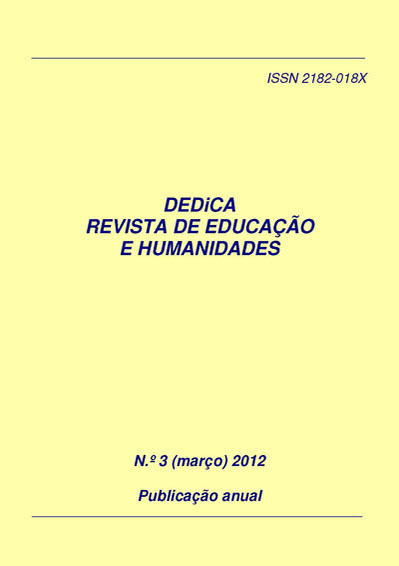The Phrygian cadence. An element for the cohesion between aesthetics and countries
DOI:
https://doi.org/10.30827/dreh.v0i3.7095Keywords:
Phrygian cadence, Iberian Peninsula styleAbstract
The Phrygian cadence (IV6-V) is a kind of semi-cadence that was developed above all in the Iberian Peninsula by 16th-century polyphonists. This cadence is important in that it has a modal identity and is peninsular in style. Due to its use by Peninsular polyphonists, especially by Ginés de Morata, and its use later in the zarzuela and in Spanish opera, this cadence became a symbol of the Peninsular style during the Renaissance and Baroque eras. In addition, from being an element of modal half cadences it became part of tonal vocabulary as a semi-cadence, and maintained its function as a link between the two systems. Over time its influence became more widespread, and was used by Roncalli and by Carissimi in Italy, and by Haendel and by Bach in Germany. We propose ways of devising and making use of the Phrygian cadence, in accordance with its different stylistic and chronological precepts.
Downloads
References
Bach, J. S. (sin fecha). 371 Four-part Chorales. Vol. I y II. Miami: Kalmus. Warner Bros. Publications.
Burkholder, J. P.; Palisca, C. V. (2010). Norton Anthology of Western Music, Vol. I: Ancient to Baroque. New York: Norton.
Cabezón, A. [1578] (1996). Obras de música para tecla, arpa y vihuela, Vol. I Madrid: Institució Milà i Fontanals, CSIC.
Carissimi, G. (2000). Cantate. A una, due e tre voci, vol. 1 y 2. Florencia: S.P.E.S (2ª Reimpresión).
Durón, S. [1711] (2005). El imposible mayor en amor, le vence Amor. Ed. Crit.: A. Martín Moreno. Madrid: ICCMU.
Durón, S. [1700-07] (2007). La guerra de los gigantes. Ed. Crít.: A. Martín Moreno. Madrid: ICCMU.
Hidalgo, J. [1659] (2000). Celos aún del aire matan. Ed. Crít.: F. Bonastre. Madrid: ICCMU.
Hindemith, P. [1943] (1959). Armonía Tradicional Buenos Aires: RICORDI AMERICANA S.A.E.C.
Hoppin, R. (2002). Antología de la música medieval. Madrid: Ediciones Akal S.A.
Hurtado Torres, A. y D. (2009). La Llave de la Mvsica Flamenca. Sevilla: Signatura Ediciones de Andalucía.
Lambea, M. (2000). La música y la poesía en cancioneros polifónicos del s. XVII. I. Libro de Tonos Humanos (1655-1656) Vol. I, II y III. Barcelona: CSIC: Milà i Fontanals.
Piston, W. [1941] (2001) Armonía. Madrid: Idea books
Rimsky-Korsakov, N. [1886] (1947). Tratado Práctico de Armonía. Buenos Aires: RICORDI AMERICANA S.A.E.C.
Saulnier, D. (2001). Los modos gregorianos. Monasterio de Solesmes: La Froidfontaine.
Snow, R. J. (1995). OBRAS COMPLETAS DE RODRIGO DE CEBALLOS. Vol. I. Motetes a cuatro voces. Granada: Centro de Documentación Musical de Andalucía.
Vera, A. (2002). Musica vocal profana en el Madrid de Felipe IV: el Libro de Tonos Humanos (1656) Lérida: Fundación Pública Institut d’Estudis Ilerdencs de la Diputació de Lleida.
Rockstro, W. et al. (2001). Cadence. In S. Sadie (Ed.), The New Grove of Music and Musicians, 102-110. Londres: Macmillan Publishers.












